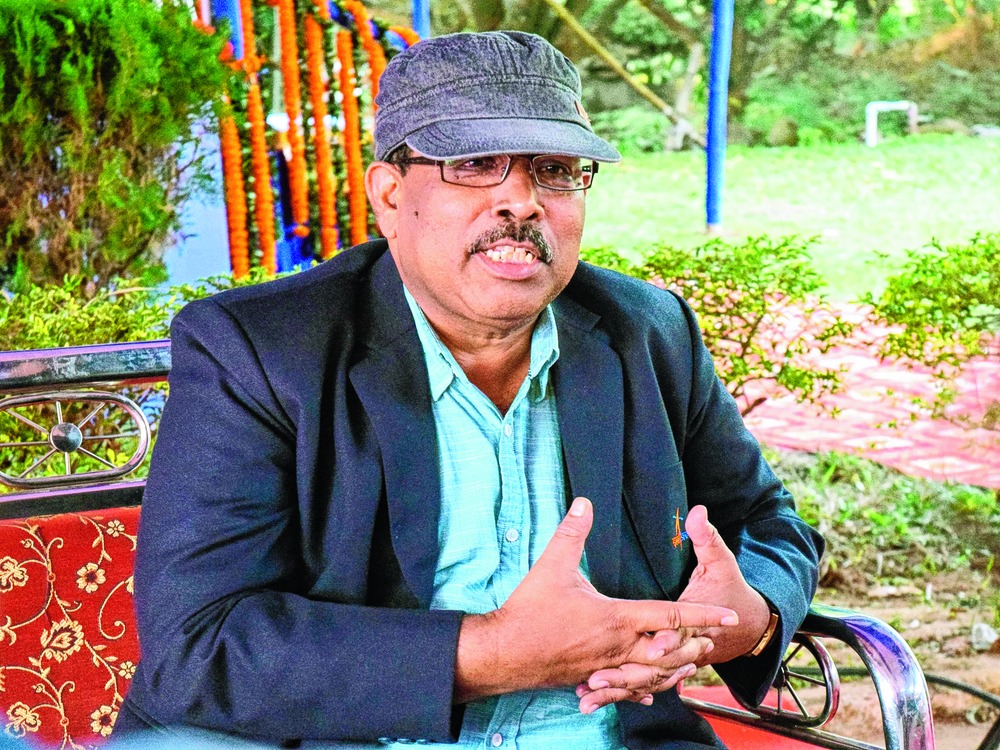
Bhubaneswar, Dec. 13: Large amounts of satellite data available with the Indian Space Research Organisation (Isro) can be used by smart cities such as Bhubaneswar for better urban planning, said Isro director (Ahmedabad) Tapan Misra.
"The data can help in better urban planning by showing the experts high resolution details on the direction in which the city is growing as well as other relevant information," said Misra.
He said a good number of cities selected under the smart city programme were already using such data.
The state government is buying data from Isro for various purposes, the most prominent being data on the weather.
Isro is working with the Union urban development ministry to map more than 500 towns and cities to create a base plan for better urban planning and management.
The move will help town planners prepare master plans for many fast growing urban local bodies, keeping in view the projected population growth, topography and available natural resources in the surrounding areas.
The space agency can also provide data on heritage sites and monuments of national importance and help in better management of the structures, said Misra.
Speaking on the sidelines of an event, Misra said the newly launched satellite SCATSAT-1, which happens to be the most accurate sensor in the world to detect wind speed and direction, would be beneficial in predicting weather changes in cyclone prone Odisha.
"The miniature satellite will be very important in providing weather forecasts, cyclone prediction and tracking services to the country as well as the state," Misra said.
The satellite, launched on September 26, will be able to predict the formation and strengthening of possiblecyclones. This can be done by keeping a watch on the formation of the vortex of air over oceans.
It will measure the wind speed and its direction over the ocean and can predict the formation of cyclones about four to five days in advance. This time period is crucial in saving lives.
The SCATSAT-1 has taken the place of Oceansat 2, which had accurately predicted cyclone Phailin that hit the Odisha coast in October 2013.
The quick evacuation by the state machinery had drawn appreciation from across the world. The Oceansat 2 had become dysfunctional after its life span of four-and-a-half years.











